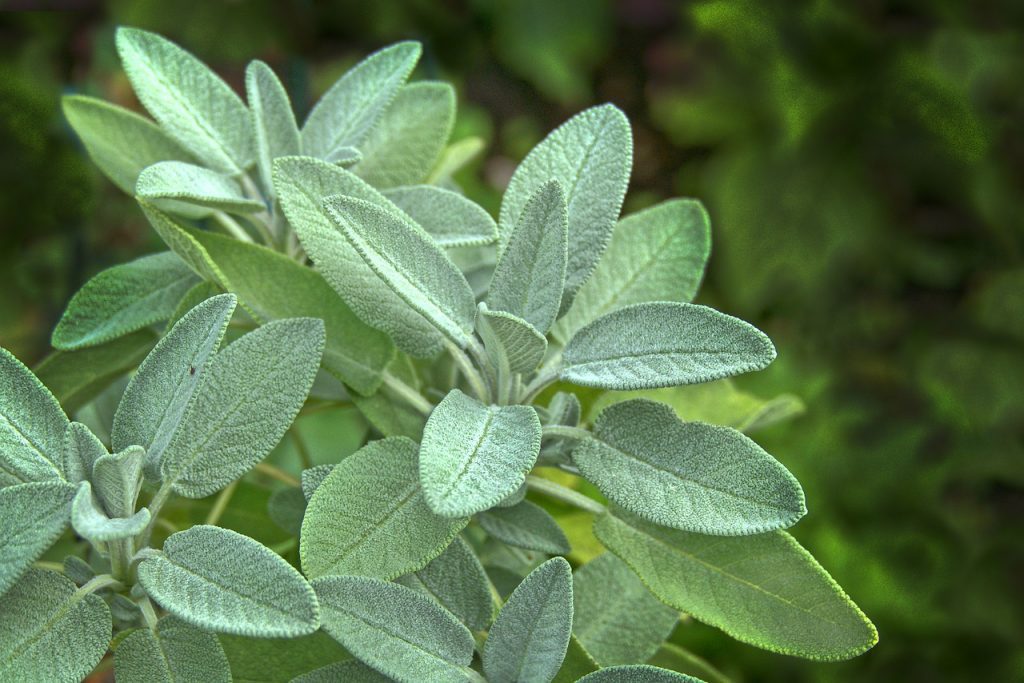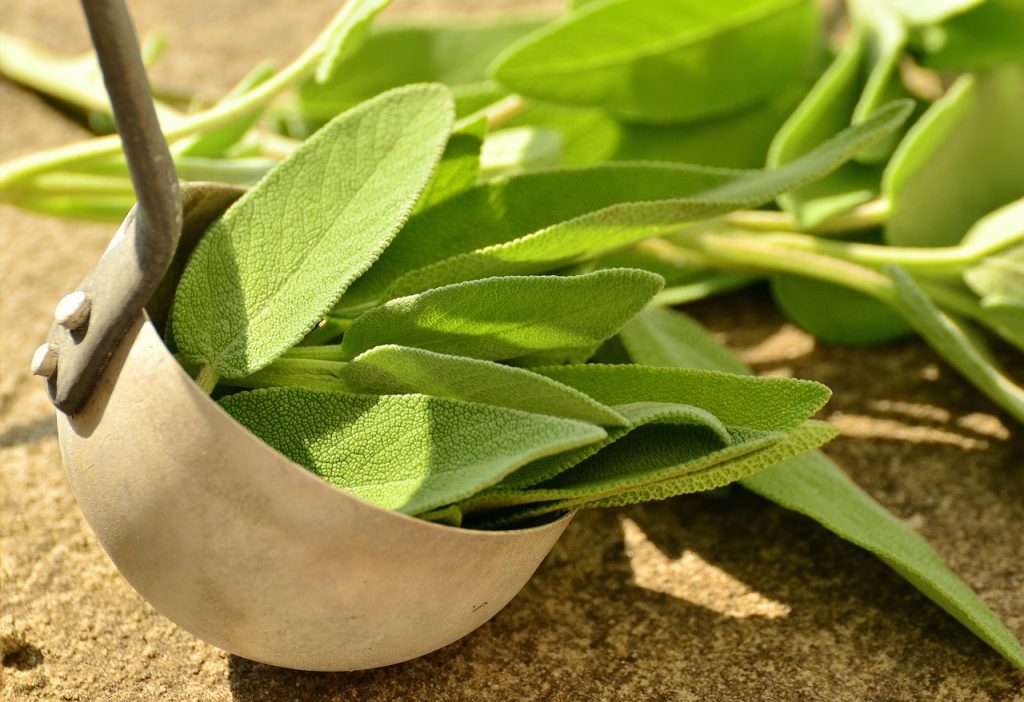We have known since ancient times that it is healthy and tasty, but nowadays we don’t see it very often, even though it is worth eating sage.
The ancient Greeks and Romans regarded sage from the Mediterranean as a plant of wisdom and sophisticated thought.
Sage symbolized the wisdom of old age and long life. In fact, Romans and Arabic physicians believed that this green herb could even make a person immortal.
Sage in the past
Sage is a very delicate spice with character
As well as being used as a miracle cure for digestive problems, the French used it to make tea, which the Chinese liked so much that they even agreed to a deal – one might say an unfavorable one – to reward one portion of sage with four portions of tea. In the 17th century, the Dutch supplied the Chinese with sage.
It was in this century that sage conquered the Americas, although there is a native sage species in Central America that is hallucinogenic and was used by shamans (psychic sage). The more innocuous sage, which came from Europe, was used by the Indians to treat their teeth (as it was by the ancient Romans) and for burns.
The Latin word for sage means ‘to heal’. In French, it is called “toute bonne”, meaning ‘all is well’, suggesting that sage was known locally as a ‘herb’, an established mood enhancer. In Italy, sage was consumed as part of a general health regime. Women have also long been used it because of their estrogen content, it is a good treatment for menopausal symptoms.
Sage can also be added to Italian dishes and tomato casseroles
Sage was also used to perfume the air, along with lavender, around the 17th century. But throughout history, it has also been used as a remedy for many ailments: eye diseases, intestinal problems, memory problems and epileptic seizures.
Sage is antiseptic, anti-inflammatory, rich in antioxidants, good for memory, soothes the intestinal and nervous systems, and improves concentration. Sage is the longest-used and best-known herb. It is also an excellent remedy for hair and skin problems. It is also often used in perfumes and cosmetics, and even in mouthwashes.
In 2001, it was voted Spice of the Year by the International Herbalists’ Association.
Which sage to choose and how to store it?
Fresh sage has a slight silvery sheen, is velvety and has no spots or yellowish discoloration.
Fresh sage can be stored in the fridge for 4-5 days on its own or in olive oil for up to weeks, and the sage-flavored oil is great for salad dressings afterward. It’s also worth freezing, but if you only have dried sage at home, that’s no problem either. If you have a spare windowsill, it’s a good idea to grow some sage in pots so you always have a fresh supply of herbs.
Use a little of it, as it has a very distinctive flavor.

What is sage it good for?
Sage goes very well with tomato dishes and is a good ingredient in Italian tomato sauces. It is also a common spice in Italian frittatas and risottos, and is used in pizzas. But sage also goes very well with meat stews or soups.
It is not really a favourite of meats, it goes well with all of them, although it is most often associated with poultry, but it also goes very well with pork, beef and lamb.
It can be used to enrich pizza dough, or even to spice up your homemade bread with this super-healthy herb.
Sage has a strong taste, so be careful how much you add to your food.
What to look out for!
Due to its high tuyon content, it is only recommended as a cure, as it can accumulate and can be dangerous.
Sage decoction reduces milk production and is not recommended for breastfeeding or pregnant women. It is also not recommended for people with low blood pressure.
The internal use of its essential oil is prohibited!
It is not recommended for children, only for wounds and external injuries.
Saltimbocca alla Romana
Ingredients:
8 slices of veal
8 slices of prosciutto
half a bunch of fresh sage leaves
0,6 dl olive oil
10 dkg butter
1 dl red wine
base juice
salt
freshly ground pepper
Preparation. Place a piece of prociutto on the meat and lay a sage leaf on top. I use a toothpick to push the ham and seasoning over the meat.
In a frying pan, I heat the olive oil and butter, then I start to fry the meat, and sage side down. When the ham is well browned, I turn it over and fry the other side. I remove the meat to a plate, then pour the fat and fat into the pan with wine, a little stock and cook until it thickens a little. This sauce is used to baste the meat on the plate.
Last updated: September 24, 2023


